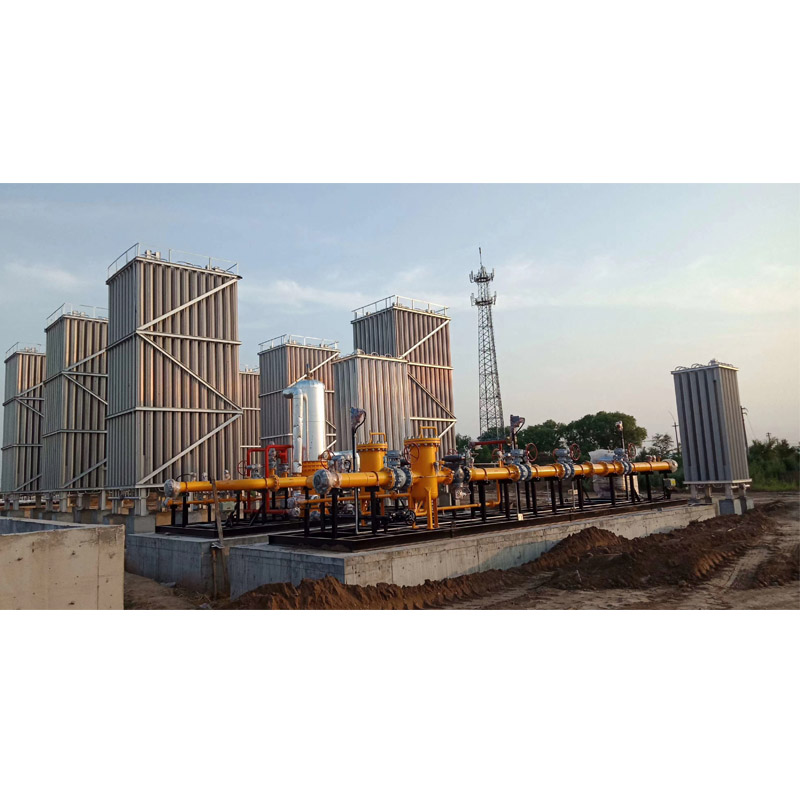
Dec . 04, 2024 14:10
Back to list
pressure reducer
Understanding Pressure Reducers Essential Components for Safe and Efficient Operations
In various industrial and domestic applications, controlling and regulating pressure is crucial for ensuring safety and efficiency. One of the key components used for this purpose is a pressure reducer. A pressure reducer is a mechanical device designed to lower the high pressure of a fluid (gas or liquid) to a desired, manageable level. This article explores the functions, types, applications, and advantages of pressure reducers, highlighting their importance in diverse settings.
What is a Pressure Reducer?
A pressure reducer, often referred to as a pressure regulator, is a device that maintains a desired outlet pressure from a higher inlet pressure. It automatically adjusts the flow of fluid, ensuring that the output pressure remains consistent despite variations in supply pressure or changes in demand downstream. By doing this, pressure reducers protect piping systems, equipment, and end-users from potential damage caused by overpressure.
How Does a Pressure Reducer Work?
The working principle of a pressure reducer is relatively simple yet effective. It typically contains a spring-loaded diaphragm that responds to changes in pressure. When the inlet pressure exceeds the preset outlet pressure, the diaphragm moves, which adjusts a valve to reduce the flow of fluid. Conversely, if the outlet pressure drops below the desired level, the diaphragm allows more fluid to pass through, thus maintaining a steady pressure. This automatic adjustment is crucial in applications where precise pressure control is necessary.
Types of Pressure Reducers
Pressure reducers come in various types, each designed for specific applications
1. Single-Stage Pressure Reducers These are suitable for situations where the inlet pressure does not vary significantly. They provide a straightforward and economical solution for regulating pressure in many residential and light industrial applications.
2. Multi-Stage Pressure Reducers These are employed in systems where the inlet pressure can fluctuate widely. They use multiple stages to gradually reduce pressure, offering enhanced stability and performance for high-demand applications.
pressure reducer

3. Backpressure Regulators These are designed to maintain a constant pressure in a system by allowing fluid to flow back to a source when the preset pressure is exceeded. They are commonly used in chemical processing and wastewater treatment.
4. Self-Adjusting Pressure Regulators Incorporating advanced technology, these regulators can automatically adjust settings based on real-time system demands, making them ideal for complex or fluctuating systems.
Applications of Pressure Reducers
Pressure reducers are widely used across various industries
- Gas Distribution In natural gas distribution systems, pressure reducers ensure that gas is delivered safely and consistently to residential and commercial customers. - Water Supply Systems They regulate water pressure in municipal and industrial supply systems, preventing damage to piping and fixtures. - Manufacturing In factories, pressure reducers control the pressure in pneumatic systems, ensuring smooth operation of tools and machinery. - HVAC Systems Pressure reducers maintain the correct pressure for heating and cooling systems, promoting energy efficiency and comfort in buildings. - Medical Applications In hospitals, pressure regulators are vital for controlling gases delivered to patients, ensuring their safety and effective treatment.
Advantages of Using Pressure Reducers
The use of pressure reducers offers numerous advantages
1. Safety By preventing overpressure, pressure reducers protect equipment and personnel from hazardous situations. 2. Efficiency Maintaining optimal pressure improves the efficiency of systems, reduces energy consumption, and extends the life of equipment. 3. Cost Savings With pressure reducers in place, the risk of damage and downtime decreases, leading to lower maintenance costs. 4. Versatility Pressure reducers can be used in a wide range of applications, making them essential in both industrial settings and everyday life.
Conclusion
In conclusion, pressure reducers play a vital role in safely and efficiently managing fluid pressure across various applications. Their ability to adapt to changes in pressure and flow ensures consistent performance and reliability. As industries continue to prioritize safety and efficiency, the importance of pressure reducers in modern systems cannot be overstated. Understanding their function and applications allows businesses and individuals alike to appreciate this essential component in fluid management systems.
Latest news
-
Safety Valve Spring-Loaded Design Overpressure ProtectionNewsJul.25,2025
-
Precision Voltage Regulator AC5 Accuracy Grade PerformanceNewsJul.25,2025
-
Natural Gas Pressure Regulating Skid Industrial Pipeline ApplicationsNewsJul.25,2025
-
Natural Gas Filter Stainless Steel Mesh Element DesignNewsJul.25,2025
-
Gas Pressure Regulator Valve Direct-Acting Spring-Loaded DesignNewsJul.25,2025
-
Decompression Equipment Multi-Stage Heat Exchange System DesignNewsJul.25,2025

